Patriot blueberry is a satisfied new cultural plant for gardeners and gardens of our country, but for this relatively short time it has become wide popular among dacities. Growing useful berries in the garden does not require great effort. The fulfillment of simple rules for landing and care of blueberries will give you a beautiful and useful plant on the plot: a combination of decorativeness, thanks to its green foliage and multi-colored berries, and a large yield of healing fruits, from 1 bush to 7 kg of harvest. Growing blueberries on the site is the perfect solution to the design of the site, combining not only decorative, but also the high yield of beneficial berries with therapeutic qualities.
Description
Garden blueberries is divided into two groups: low and tall and tall. They are divided into northern, southern tall and average grades, a subgroup of a rabbit eye. For an average latitude climate, it is recommended to grow blueberry of the northern tall group, it belongs to the blueberry of the patriot variety.
Tall blueberry Patriot was led in 1976. The grade is resistant to frost, withstand temperatures up to -30 degrees Celsius. Also resistant to diseases: to the stem cancer, to humilia, to phytoophluorosis. A fast-growing bush, an elongated shape, with rare, reprehensive branches. The height of the bush is from 1.2 to 1.8 meters. The plant has a good yield, a beautiful decorative look. Ripening occurs since mid-July, from one bush is collected from 5 to 7 kg of berries. Fruits are large, from 17 to 19 mm in diameter, slightly flap, light blue. Berries are collected in dense borders. As the berries ripen change the color from green to red, from red to light blue. Maturation is not simultaneous, due to this bush has a beautiful motley look.
Berries have dietary, bile and diuretic properties, good taste characteristics, hypoallergenic, rich in vitamins, fructose, antioxidants, vegetable fiber and other useful substances. The use of fruits and leaves (in the form of decoctions, infusions) contributes to the strengthening of blood vessels, normalizes digestion, purifies the intestines, improves eyesight, has a positive effect on the overall condition of the body, strengthens the immune functions. It is used as the prevention of cancer and aging process. What is very important for diabetes people - reduces blood sugar levels. Ripe berries are collected, dried in the shade or in the drying chambers (at a Celsius temperature not higher than 60 degrees), harvested for the winter in the form of jams, jersee. The shelf life of dry berries is 1 year. During flowering plants collect leaves. The duration of storage of dry leaves is 2 years.
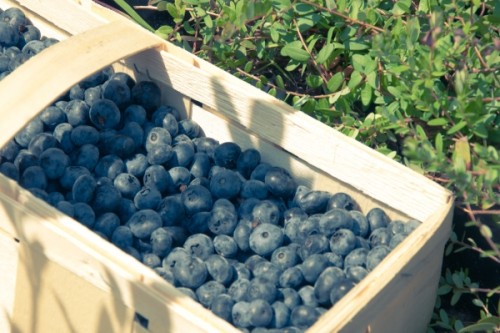
Landing
The ancestral of garden blueberry was forest. But unlike its predecessor, garden blueberries demanding to the landing site. Blueberries badly tolerates drafts, winds, therefore, next to the landing, the presence of any construction or fence that protect the plant from wind gusts is desirable. Blueberry does not like shadow. For her landing, you should choose the solar place on your site. Partial darkening leads to a smaller number of fruiting, to the formation of smaller berries, and the taste of these berries will significantly give way to sweets than when growing plants on a lit part.
The plot must be with groundwater, occurring from 50 to 70 cm. Ordinary garden, sandy or sublinous land is also not suitable for the growth and development of the plant. For blueberries, light, acidic, aerial soils are most favorable, with a humus content of at least 3%, easily heated by the sun. The normal formation of the bush is possible only on acidic soil, acidity from 4.2 to 4.5 pH. It is better to measure the level of soil acidity in advance with a special device and adjust it, which will help the growth and development of the plant. With a higher level of acidity, there is a violation of the conditions of life of mycorrhiza - this is a fungus with which the root blueberry system interacts. As a result, it provokes deterioration of metabolism in a plant, a decrease in the digestibility of nitrogen them (the most important element for the development and growth of the plant) increases exposure to diseases to chlorose. In the acidity of the soil, more than 6 pH plant dies.
Blueberry - self-polling plant. But for a greater zeroze, it is recommended to plant several varieties of blueberries, it provides cross-pollination, thus fruiting increases at times.
Blueberry landing takes place in autumn or early spring (before the opening of the kidneys, before the start of the sludge). When landing in the fall, the plant has time to adapt to new conditions during the winter period, and in the spring, more active growth begins than when landing in the spring. For seedlings with a closed, formed root system, a landing in open ground is possible throughout the season.
The landing row for blueberries is the most optimal option. The distance between plants in the rows from 1 to 1.5 meters, the distance between rows from 2 meters and more. Such images, we obtain good lighting of the plant, and, as a result, its active growth and greater fruiting.
10 days before the landing, it is necessary to prepare landing points so that the Earth can settle. A holes are broken, a width of from 70 to 120 cm, and a depth of 40 to 50 cm. Next is filled with a mixture of a rigorous peat, acidic low-lying peat, fertile soil, mixed with coniferous opeglades, bark, wood chips, moss-sfagnum, small branches. Heavy soils require adding river sand to improve air in the soil. The mixture for the pit should be loose, light and air. If the soil of the clay area - the pits are digging to a depth of 1 meter, the drainage is required at the bottom of the soil at least 20 cm, in order to avoid water stagnation. Ash and other organic fertilizers are not recommended when landing. A nitrogen fertilizer must be added to the pit, for example, sulfur 50-80 grams, it is acidified with the soil. You can also add special soil disclosers. There are home options for the preparation of acidifiers - a solution of table vinegar (apple), in the proportions of 50 ml per bucket of water, or a solution of citric (or oxal) acid, in proportions of 5 grams to the water bucket. Such a solution is favorable to periodically water the soil and in the future, to maintain its acidity. Plants are planted in pits at 5-6 cm above the root neck. If the seedlings with a closed root system, a container with a plant should be lowered into the water for 10 minutes, then pull out the plant with the ground and roots from the packaging, the root com sure to smoke, the roots of the seedling must be repaid, indicate the growth directions. The plant itself does not place the roots in the right direction. After landing, it is necessary to slightly compact the soil, it is plentiful to pour, be sure to mulch the soil under the seedliness (a layer of about 8 cm). For mulching, pine needles are suitable, pine sawdust, needles, bark. This will ensure the preservation of moisture, the access of oxygen into the soil to the roots. As such a mulch is overloaded, the soil is acidified and its enrichment with nitrogen.
You can put a blueberry "in the ridge". Landing the blueberries on the crest is possible only with the presence of groundwater from 50 cm and closer. For landing on the ridge, you must first remove the layer of the earth with a thickness of 10 cm ,, in the form of a trench, scatter this land can be around the place scheduled to land. In the resulting deepening, we pour out a mixture of peat, sawdust, perlite, sand, before the formation of a holly. In this elevation, land blueberries. After watering and mulching. It can be landed not a row, but a wider hormster, in the form of a relaxed high bed. Stages are the same as when landing in the ridge. Only the trench is wider. The resulting raised bed, it feels the border or boards, like a sandbox.
Care
Watering
Blueberry caring is part of a regular watering, twice a week. 1 Water bucket on 1 bush. But it is impossible to "pour" blueberries to not provoke a shortage of air in the roots. From the lack of oxygen in the root system, the plant dies. You can carry out drip irrigation of the soil under blueberry, watering is carried out at a depth of more than 4-5 cm, as the soil drying. It gives good results in the cultivation of plants.
In watering once a month, the soil prosecuses. With soil moisture, less than 50% of blueberry growth slows down. With humidity below a third - the plant dies. But stagnation of water also leads to the death of the plant. The lack of watering from July to August leads to a decrease in yield, since during this period the plant blooms abundantly and fruits. Plant spraying can serve as prophylaxis against the plant. It is carried out in the interval from 12 to 16 hours for when the plant is in dire need of moisture.
Loosening and mulching
Plant must periodically loose and make a mulch. Used as mulch: sand, gravel, peat, overworked sawdust, straw, rewinding leaves, bark, needles. If mulching occurs with fresh sawdust, it is necessary to make an increased dose of nitrogen fertilizer to prevent nitrogen shortage. Decaying sawdust consumption of nitrogen from the soil. The mulch layer can be from 2 to 15 cm thick. It saves a bush from supercooling, keeps moisture, prevents the growth of weeds. As it is overloaded, acidifying the soil. It is worth noting that the mulching of a bush with fresh sawdusts or bark in the first year of life leads to a decrease in the growth rates of shoots.

Fertilization and fertilizer
An important point in the care of the blueberry patriot - feeding and the fertilizer of the soil. It is necessary to maintain the pool of the soil to ensure the conditions for the formation and life of endophyte mycorrhiza. Nutrition of the root system of blueberries that does not have root hairs occurs only in symbiosis with mycorrhism. To maintain the required level of soil acidity, it is necessary to periodically irrigate the plant with a solution with a colloidal gray, citric acid (3 spoons per bucket), also a strong electrolyte for batteries (H2SO4), in proportions of 1 ml of electrolyte per 1 liter of water, which changes the acidity to 5 NS. It is categorically impossible to feed the land with a fertilizer containing alkali (manure, wood ash, compost, humus). These fertilizers are larched by the soil, which is contraindicated for soil under blueberries. She needs an acidic medium for normal growth and development. Mineral fertilizers can be made - superphosphate, potassium, zinc sulfate, ammonium. We need to systematically make fertilizers in the soil from the second year after planting the plant into open ground. Undercalinking plants is carried out a couple of times a year. The first is early in spring, during the swelling period. The second is during the harvest. It is possible to fertilize blueberries with a special fertilizer for azaleas, it is suitable for her.
Trimming
It is also necessary to pruning the plants, cleaning it from dry, unnecessary branches and leaves. In the first year, the planting is removed on the plant remove fruit kidneys to preserve the plants for flowering and fruiting. In the first five years only dead, dried branches are removed. After you can form a bush, cutting off the shoots thickening a bush. Thus, the increase in young, new branches is formed. Trimming bushes that have reached the age of 15 is fully implemented. This "rejuvenating" trimming stimulates the growth of the plant, regenerates it. The trimming occurs in the spring until the start of the sludge, to the growing season, or after the end of the season, after collecting the harvest in the fall.
Shelter for wintering
Blueberry frost resistant, withstand temperatures up to minus 25-30 degrees Celsius. To avoid freezing the plant, it is better to strengthen it for the winter. It is possible to spandback and on top of a spruce noodle. If the winter was a minor, it is possible to frost a bush. Then the spring is conducted by the "sanitary" trimming of a bush to healthy branches. Blueberry flowers withstand freezes to -7 degrees Celsius.
Reproduction
Patriot blueberry reproduction can occur by seeds, dividing bush, gag or stalling. Shining is considered the most optimal and reliable way. Before any method of reproduction, it is recommended to treat material in the preparation to accelerate the growth of heather.
Seeds
To begin with, it takes a well-ridden berries, remove the flesh, leaving seeds. They are dried. Sweat in peat. When landing in the spring, seed stratification is necessary. To germinate, seeds need a temperature of 20-25 degrees Celsius, the soil moisture is about 40%. Only in a couple of years, the seedlings are planted for a permanent place. The first harvest can be obtained only 4 years after sowing.
Bust division
It is necessary to take a piece of rhizomes with kidney or young escape. Separate it by transplanting to a new place.
Digging
It is necessary to kill the twig of the bush in the ground. After it stops the roots, you need to separate the young plant from the big and transplant to a new place. This method is not as popular in breeding blueberries. And not always successful.
Cherenkovania
The most popular method. Suitable green or weathered annual shoots. At the end of the autumn, it is necessary to cut the cuttings with a length of 15 cm. The bottom slice must be oblique under the kidney, the upper must be horizontal, not more than 1-2 cm over the kidney. Landing in a hollow greenhouse with high humidity. It is necessary to adjust the temperature in the greenhouse and follow the humidity of the air within 60 days.
Diseases and pests
Excessive soil moisture can lead to the formation of fungal diseases: stem cancer, Botritis, Fomeopsis, septoria, cockelosis, moniliosis, anthracnose. To prevent the growing fungus, you need to make the soil mulch. Blooming the spores of the fungal pathogen, the mulch does not give up to multiply and expand the microorganisms. As prophylaxis - spraying with a burgundy mixture. The first time - before the swelling of the kidneys, the second - in the fall, after collecting berries and the fitting of the leaves.
Viral and microplasma diseases, which are subject to blueberries: branches, necrotic spottedness, mosaic, dwarf. Unfortunately, these diseases are not treated. The bush must be removed and burn.
Harm plant can strike birds. They love to peck the juicy berries of this plant. The grid thickened on the bushes, and scarecrow can protect the plant from the feathery.
If necessary, it is necessary to process periodically landing sites by fungicides and insecticides. What will ensure the best resistance of the plant to diseases and pests.
Blueberry pests:
- The wave, shields, food for them serves as juice of plants, they can also be carriers of viral diseases of the plant.
- Lapticket, food for him serves leaves, flowers and kidneys. He wraps the web of the top of the shoots of the plant.
- The May beetle, food for him serve the leaves and flowers of blueberries, and the beetle larvae break the root system of the plant, warming up the roots. But the May beetle can be collected manually. The main thing is to notice and save the plant from this pest.
- Pine silkworm, food for him serves leaves.
Blueberry Patriot (Patriot) is a popular sort of garden blueberry among our country's summer houses. This variety is unpretentious in leaving, resistant to frost and diseases, is distinguished by its good yield, high decorativeness, pleases with flavors of berries and aromas.

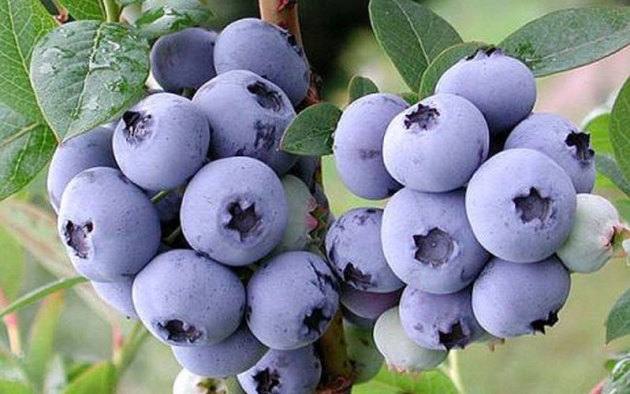
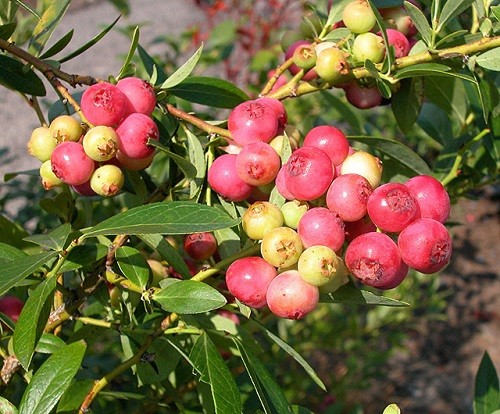
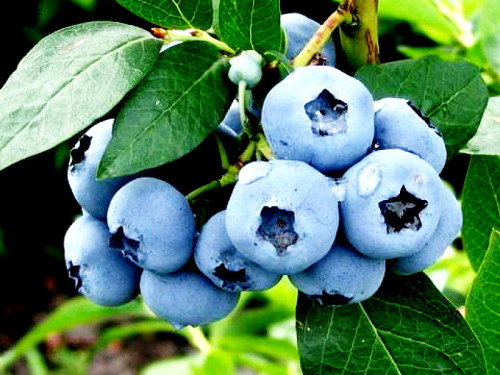

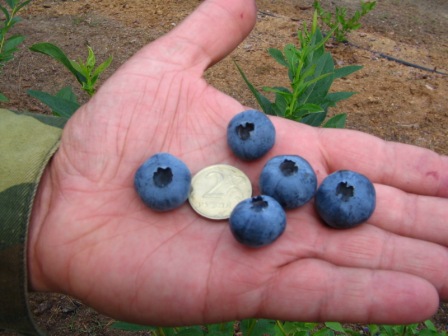
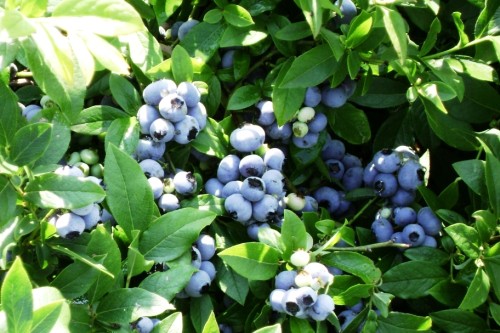
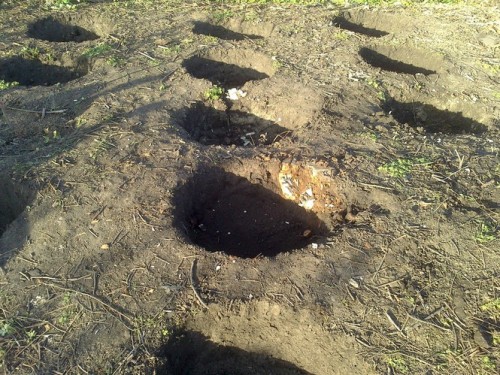
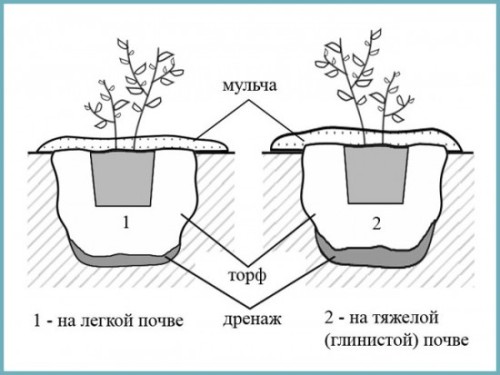
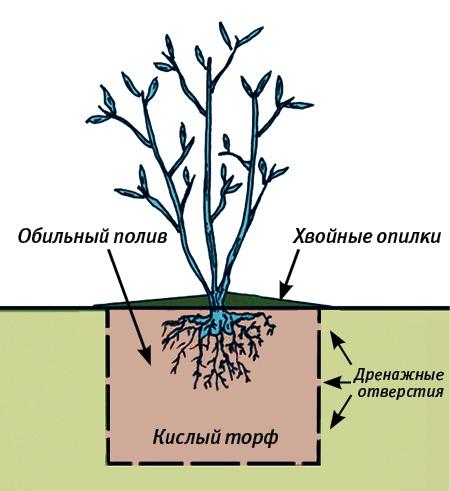
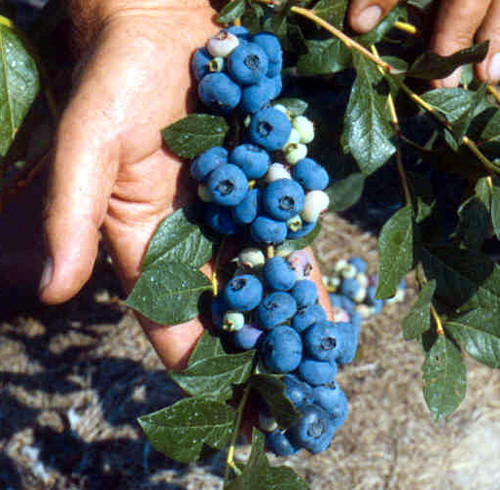
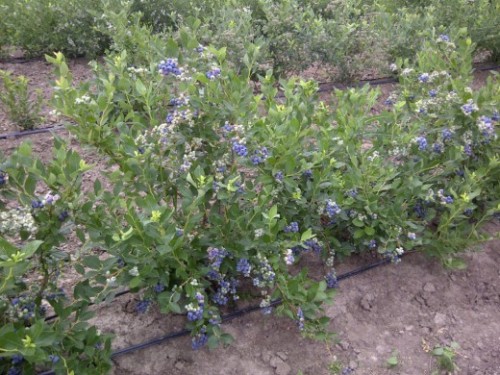
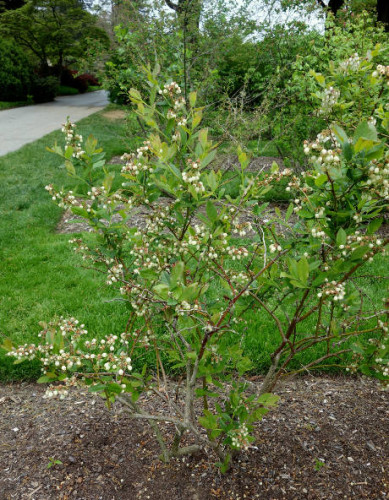
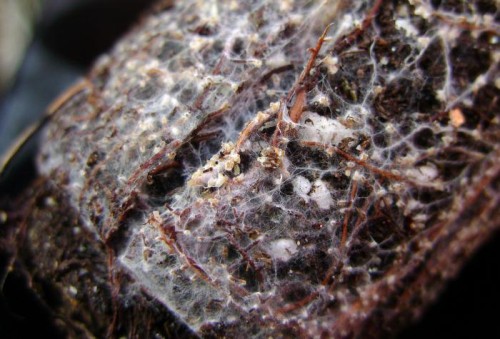
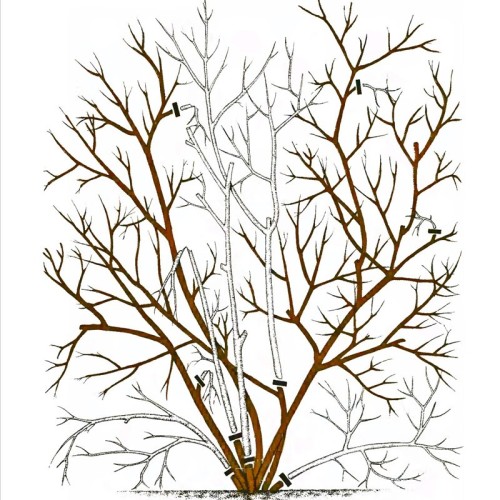
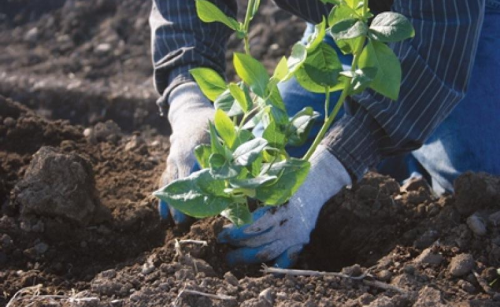
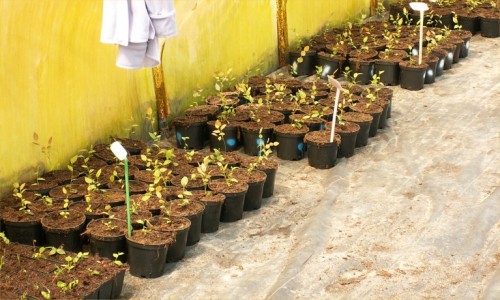
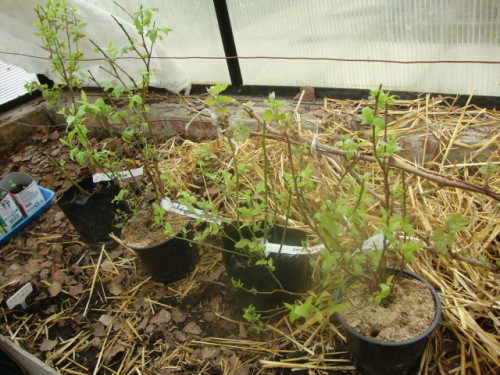
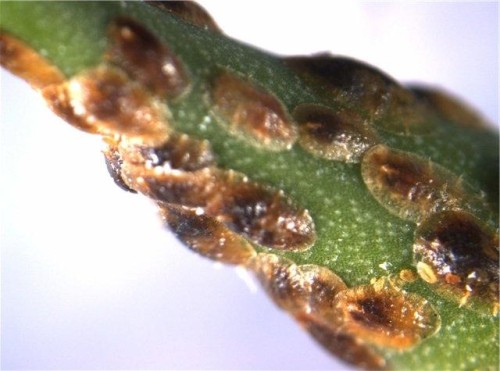
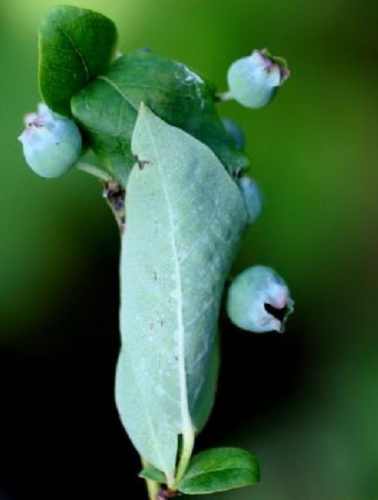
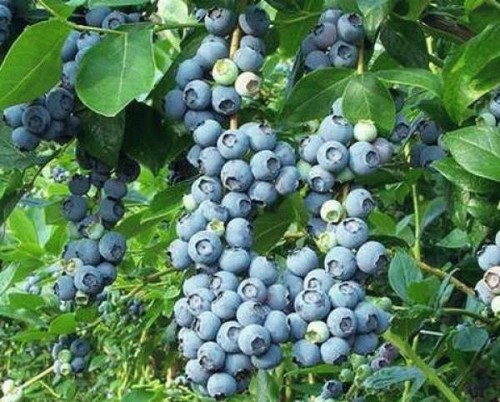
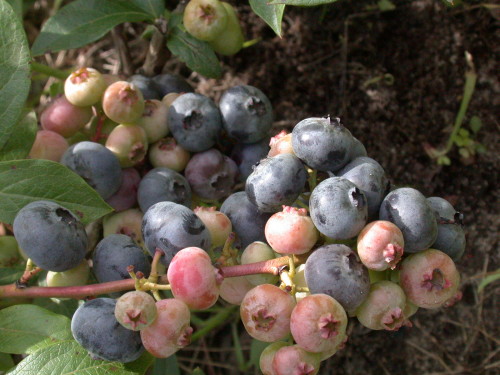












 Start a discussion ...
Start a discussion ...